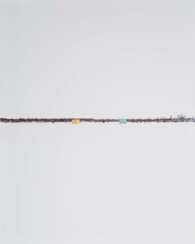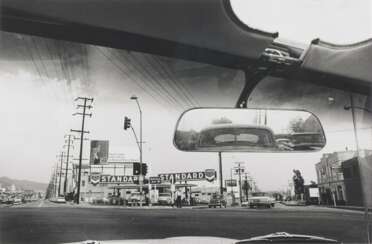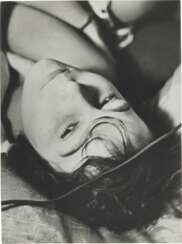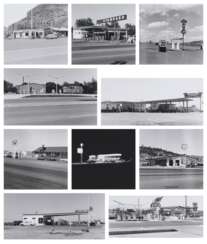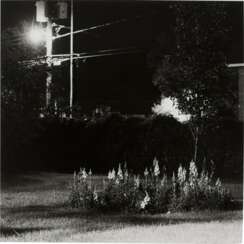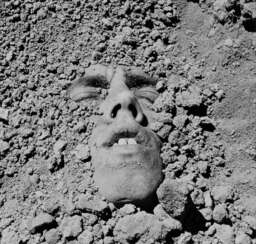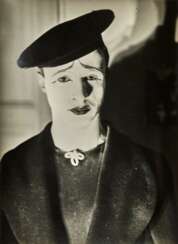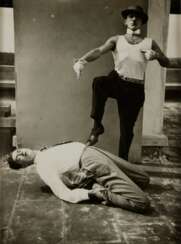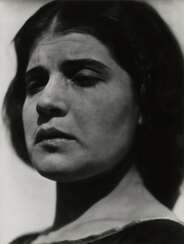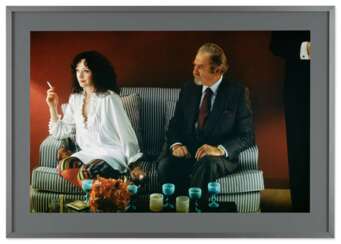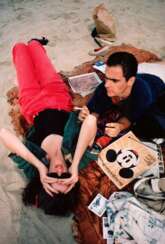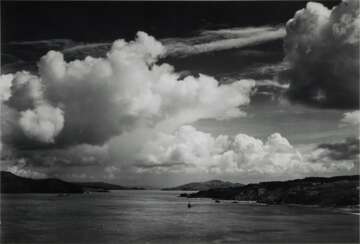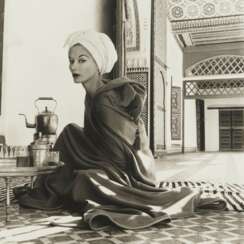
Photography — Photographs

Catherine Sue Opie, an American fine-art photographer, is recognized for her profound exploration of community and identity through her photography. Opie's work, which ranges from portraiture to landscape, delves into the fabric of various communities, capturing the essence of their individual and collective identities. Her series "Portraits" (1993–1997) is particularly notable for its depiction of diverse identities within the queer community, including drag kings and cross-dressers, showcasing Opie's dedication to representing marginalized groups.
Opie's influence extends beyond her photographic projects; she has significantly contributed to the academic field as a professor of photography at UCLA, where she has been instrumental in shaping the next generation of photographers. Her works, deeply rooted in the examination of social phenomena, often draw inspiration from transgressive photographers like Robert Mapplethorpe and Nan Goldin, reflecting a commitment to exploring controversial and underrepresented subjects.
For collectors and art enthusiasts, Opie's photography is not just visually striking but also a poignant commentary on American life and identity. Her works, which have been exhibited in prestigious venues like the Guggenheim Museum in New York and the Los Angeles County Museum of Art, resonate with viewers by providing insight into the diverse experiences and landscapes that define America.
To stay informed about Catherine Opie's exhibitions and works, subscribing to updates from galleries or institutions that feature contemporary photography can provide valuable insights into her ongoing contributions to the art world.

Dennis Lee Hopper was not only a prominent figure in the American film industry but also an accomplished photographer whose work captured the essence of a transformative era in the United States. Hopper's artistic journey spanned various mediums, with photography holding a special place in his array of talents. His photographic career, which began in earnest during the 1960s, offers a compelling glimpse into the cultural and social landscapes of the time.
Dennis Lee Hopper's photography is celebrated for its raw, candid portrayal of his surroundings, capturing moments that range from the intimate to the chaotic. His images provide a personal narrative of his life and times, reflecting his connections with key cultural and artistic figures of the era. His work is not just a collection of images but a visual diary, chronicling the vibrant and often tumultuous world he inhabited.
Notably, Dennis Lee Hopper's photographic portfolio offers an invaluable perspective on the American counterculture movement, showcasing his keen eye for composition and his ability to capture the spirit of the moment. His photographs, including portraits of famous contemporaries and snapshots of street scenes, resonate with authenticity and artistic integrity.
For collectors and enthusiasts in the realms of art and antiques, Dennis Lee Hopper's photographs represent a unique convergence of cinematic and photographic artistry. His works not only capture moments in time but also evoke the broader cultural shifts of his era. For those interested in exploring Hopper's photographic legacy, staying informed about exhibitions and auctions can provide opportunities to engage with his work more deeply and appreciate his contribution to the art of photography.
To stay updated on Dennis Lee Hopper's photographic works and related events, subscribing to updates from art galleries and auction houses is recommended. This subscription will provide timely information on new exhibitions, sales, and insights into Hopper's impact on the world of photography and art.
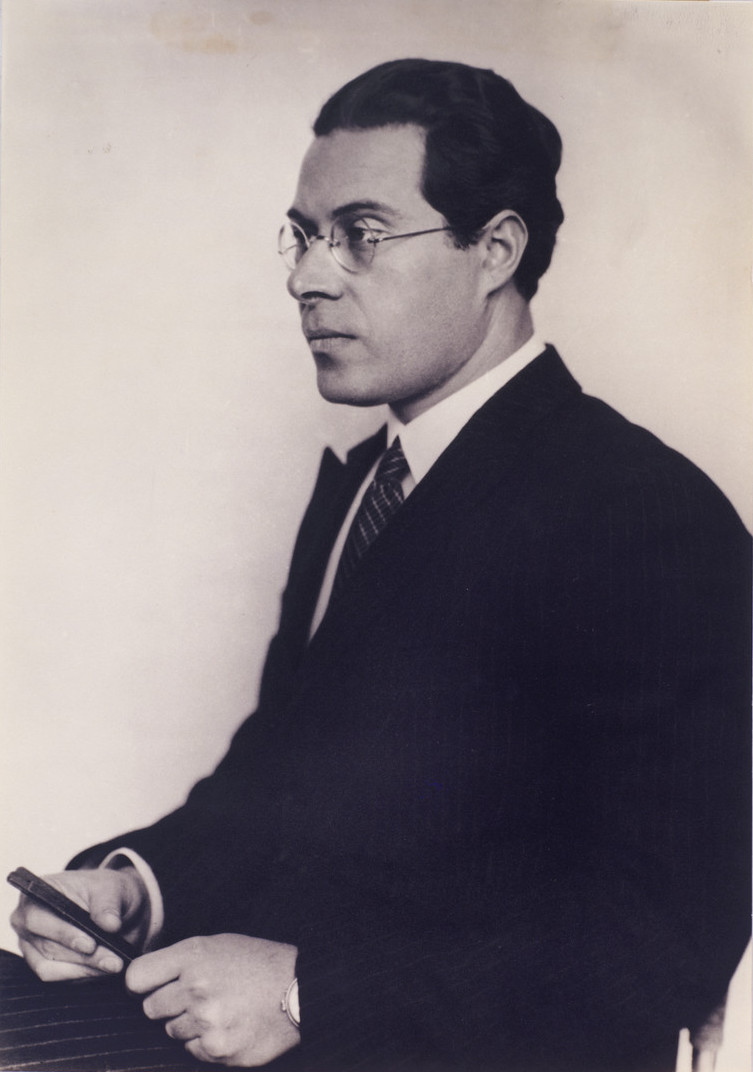
Laszlo Moholy-Nagy, a Hungarian-American artist, was a visionary in the integration of technology and art, profoundly influencing modern art education in the United States. His journey began in post-World War I Europe, where he immersed himself in the avant-garde art scene, eventually joining the Bauhaus school in Germany. There, Moholy-Nagy embraced various mediums, from photography and film to painting and sculpture, pioneering the movement known as the New Vision, which emphasized the unique perspectives that photography and film could offer compared to the human eye.
Laszlo Moholy-Nagy's innovative approach extended to photograms, a camera-less photographic technique that captures the shadows and silhouettes of objects placed on photosensitive paper. His exploration of light and shadow in this medium underscored his belief in the transformative power of art and technology. Beyond his technical achievements, Moholy-Nagy was a dedicated educator, shaping future generations of artists at the Bauhaus and later in Chicago, where he founded the New Bauhaus, which evolved into the Illinois Institute of Technology's Institute of Design.
His work is celebrated in various prestigious collections, including MoMA and the Smithsonian American Art Museum, where his contributions to modernism and design are acknowledged and revered. Moholy-Nagy's legacy is not only in his artistic output but also in his profound impact on art education and the philosophical discourse around art and technology.
For collectors and experts in art and antiques, Laszlo Moholy-Nagy's work offers a deep dive into the intersection of art, technology, and education. To stay informed about exhibitions and auctions related to Moholy-Nagy's works, consider subscribing to updates from art galleries and auction houses, ensuring you remain connected to the evolving appreciation and understanding of this pivotal figure's contributions.

Edward Ruscha, an American artist born in 1937, is a prominent figure associated with West Coast Pop art, celebrated for his innovative approach to blending visual and verbal language within his works. Ruscha's journey in the art world began after moving to Los Angeles in 1956, where his fascination with the urban landscape and commercial culture flourished. He attended Chouinard Art Institute, now known as CalArts, which laid the foundation for his artistic exploration.
Edward Ruscha's art is deeply influenced by the Hollywood film industry, with works like "Large Trademark with Eight Spotlights" echoing the commercial graphics and cinematic influence of his time. His "Word paintings" series, starting in the 1960s, showcases his unique approach to typography and language, setting monosyllabic words against solid backgrounds, a style that continued to evolve throughout his career.
During the 1970s, Edward Ruscha expanded his narrative, incorporating phrases into his works, further exploring the relationship between text and image. His work in the 1980s and beyond includes landscapes juxtaposed with text, creating intriguing visual narratives that challenge viewers to find connections between the words and the images.
Edward Ruscha's contributions to the art world are significant, with his works held in major collections and institutions. His career spans various mediums, including painting, printmaking, photography, and artist's books, showcasing his versatility and enduring influence on contemporary art.
For enthusiasts and collectors of modern art, Edward Ruscha's works offer a unique blend of visual artistry and linguistic play. His innovative approach to combining text and image has cemented his status as a pivotal figure in contemporary art. To stay updated on the latest exhibitions, sales, and insights related to Edward Ruscha's art, consider subscribing to updates from renowned art galleries and auction houses. This subscription will ensure you're informed about new opportunities to engage with and appreciate the distinct and influential art of Edward Ruscha.
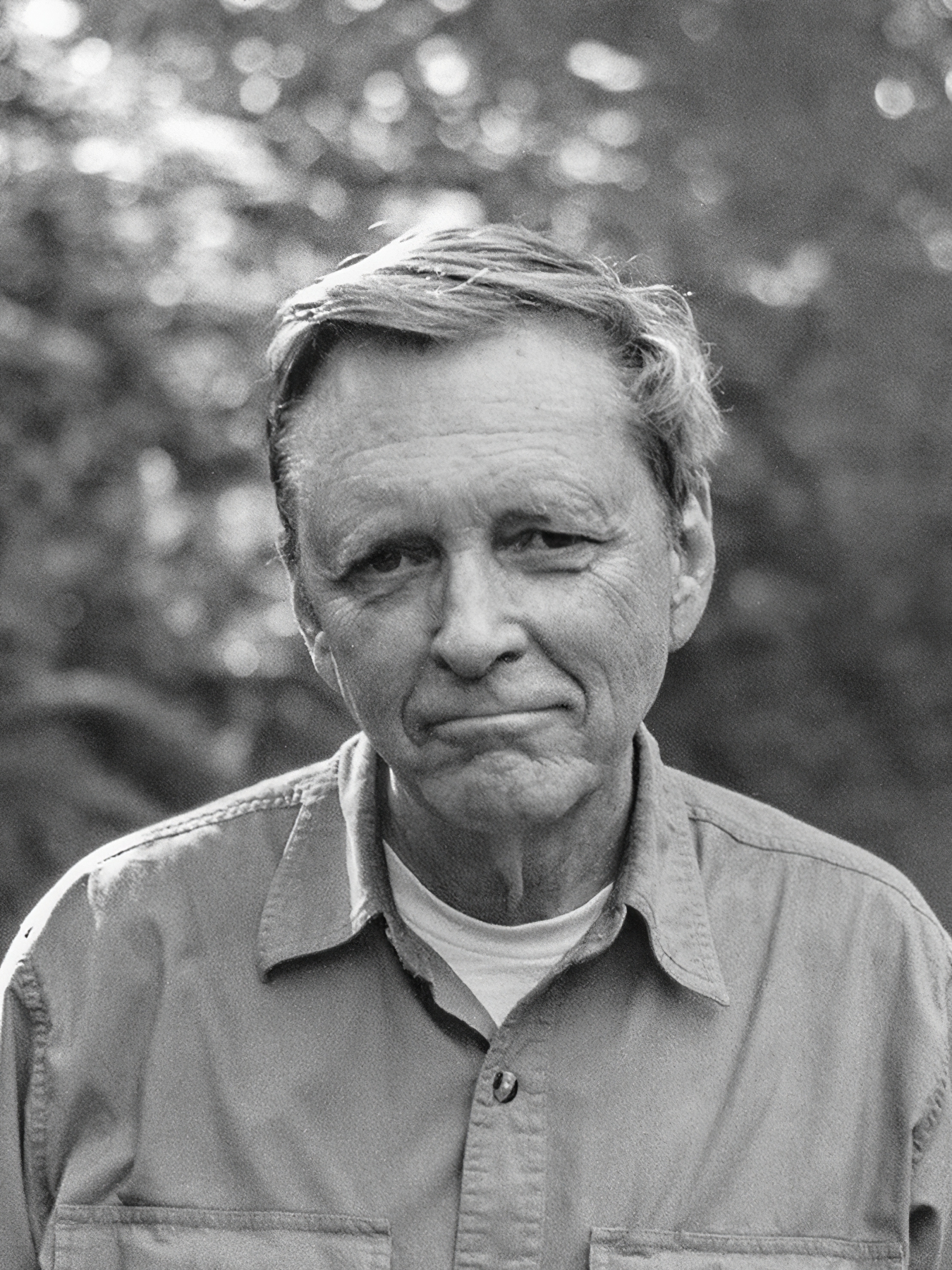
Robert Adams is an acclaimed American photographer known for his profound exploration of the American West's changing landscapes. His work, which gained prominence in the mid-1970s, delves into the tension between the natural beauty of the land and the marks of human encroachment. Adams's photography is a reflection on humanity's relationship with the environment, offering both a critique and a celebration of the landscape.
Robert Adams's notable series, such as "Turning Back" and "The New West," showcase his unique perspective on environmental and urban development issues. His work extends beyond just capturing images; it is a thoughtful commentary on the balance between nature and industrialization. His photographs, often devoid of people, focus on the land itself, telling a story of alteration and resilience.
Exhibitions of Adams's work, such as "American Silence: The Photographs of Robert Adams" at the National Gallery of Art, provide insight into his 50-year career and his ability to capture the silent yet profound narratives of the American landscape. His pieces are part of major collections and have been featured in numerous retrospectives, underlining his influence and significance in the world of photography.
For art collectors and enthusiasts, Robert Adams's work offers a poignant perspective on the American West, blending aesthetic beauty with critical environmental commentary. Engaging with his work invites reflection on our interaction with the landscape and our role in shaping the environment.
If you're interested in staying updated on Robert Adams's work and exhibitions, consider subscribing to newsletters from galleries and museums that feature his art. This way, you'll be informed about new displays of his work and opportunities to engage with his insightful perspectives on the American West.
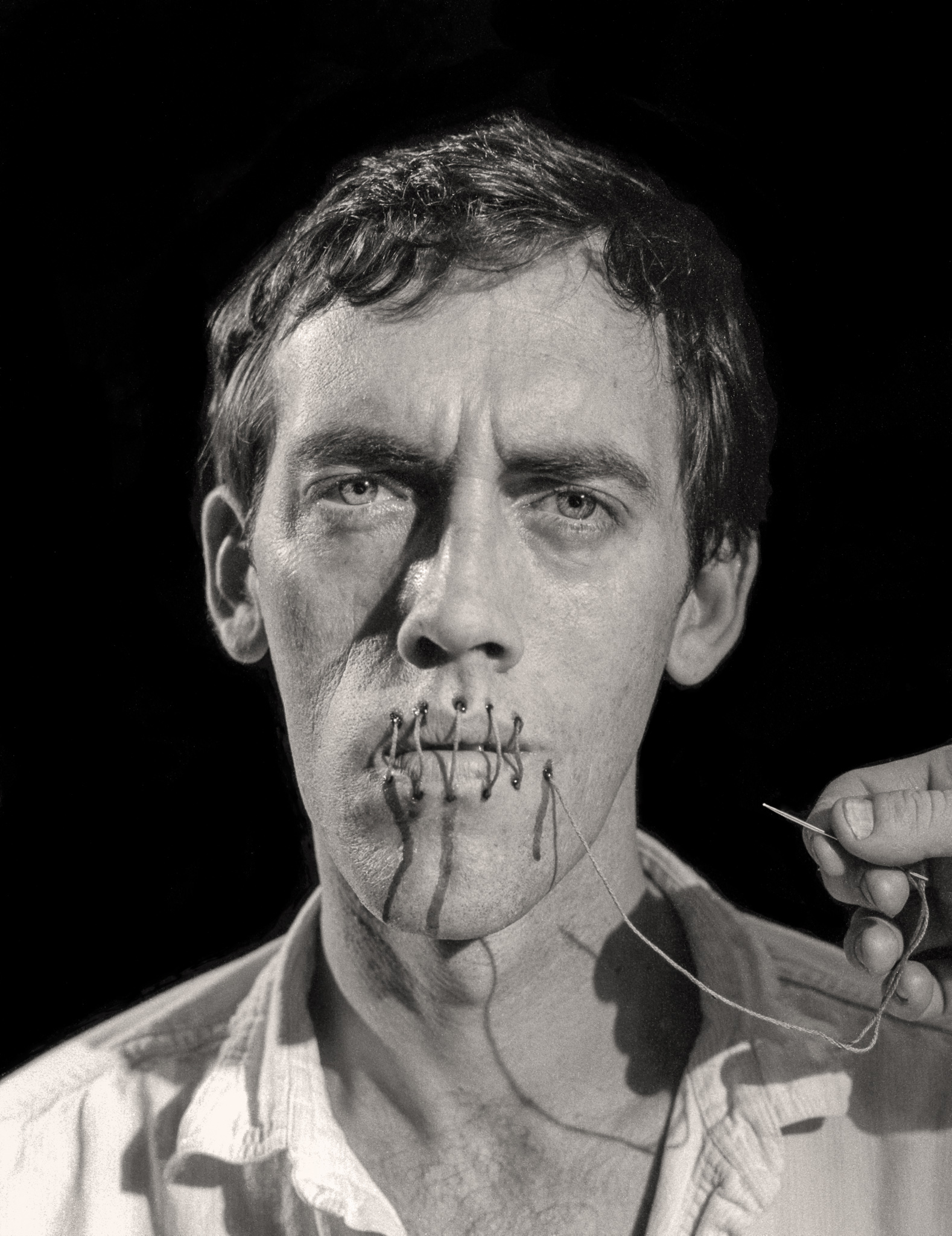
David Wojnarowicz was an American artist known for his multifaceted work, which included painting, film, video, performance, writing, and music. His art often addressed themes such as society's fragmentation, consumerism, and the juxtaposition of natural and industrial landscapes. After being diagnosed with AIDS at 33, Wojnarowicz's work became more activist-oriented, focusing on his sexuality and his illness, as exemplified in his piece "Untitled," also known as "One Day This Kid".
David Wojnarowicz's childhood was tumultuous, marked by abuse and neglect, which profoundly influenced his later work. Despite dropping out, he eventually completed his high school education and immersed himself in New York's underground art scene. His art from the 1980s, particularly after the death of his mentor and close friend Peter Hujar, increasingly addressed AIDS and became more politically charged.
His legacy includes notable works like "A Fire in My Belly," which sparked controversy and highlighted the ongoing struggles of the LGBTQ+ community and those affected by AIDS. Wojnarowicz's work continues to inspire and provoke, as seen in exhibitions like the Whitney Museum's retrospective, "David Wojnarowicz: History Keeps Me Awake at Night," and his influence on various artists and cultural movements.
For those interested in exploring the depth and breadth of David Wojnarowicz's work, staying informed about upcoming exhibitions and available collections can provide valuable insights into his impactful legacy. Subscribing to updates from art galleries and museums that feature his work is an excellent way to stay connected to the evolving appreciation and interpretation of his art.
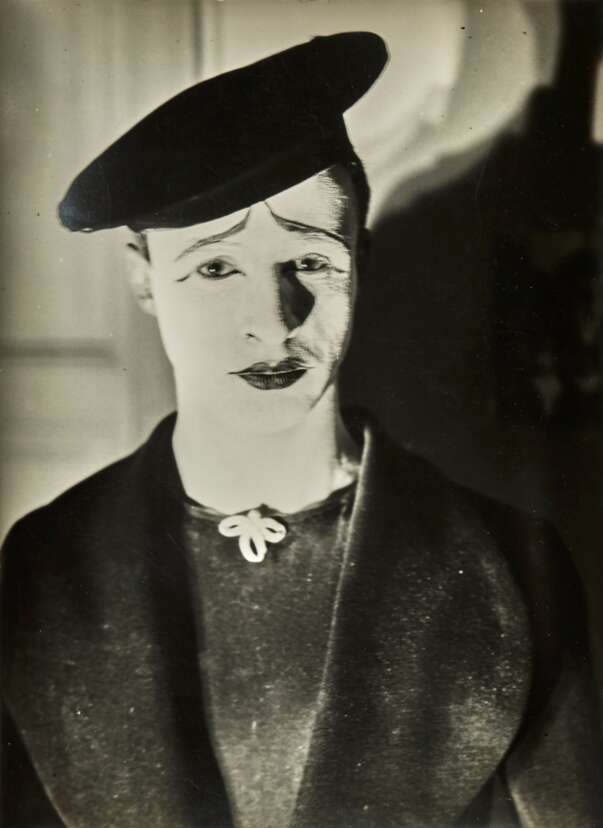
Werner Rohde, a German artist, was notably multifaceted, delving into photography, stained-glass painting, and drawing. He embarked on his photographic journey in 1927 while studying at the Kunstgewerbeschule at Burg Giebichenstein in Halle, under notable mentors like Erwin Hahs and Hans Finsler. Werner Rohde's artistic vision expanded after his encounter with László Moholy-Nagy, leading him to experiment with double exposures, unique camera angles, and inventive lighting effects, which distinguished his work in the realm of photography.
Werner Rohde's contributions were recognized during his lifetime, particularly in 1929 when his works were featured in the influential Film und Foto exhibition in Stuttgart. His personal life, especially his relationship with his future wife and frequent model, fashion designer Renata Bracksieck, deeply influenced his work, providing a recurring subject that added a personal dimension to his artistic expressions.
Post-World War II, Werner Rohde's career took a different turn as he assumed the mantle of his father's glass painting studio in Worpswede, a shift that reflects the diverse range of his artistic talents. Despite the changes in his artistic mediums over the years, Rohde's early work in photography continued to hold a significant place in art history, evident from the enduring interest in his works in exhibitions and digital collections like those at the Städel Museum.
For collectors and art enthusiasts, Werner Rohde's work offers a captivating glimpse into the innovative photographic techniques of the early 20th century, reflecting a blend of artistic vision and technical skill that continues to inspire. To stay updated on exhibitions and opportunities to engage with Rohde's work, consider subscribing to updates from galleries and museums that feature his art.
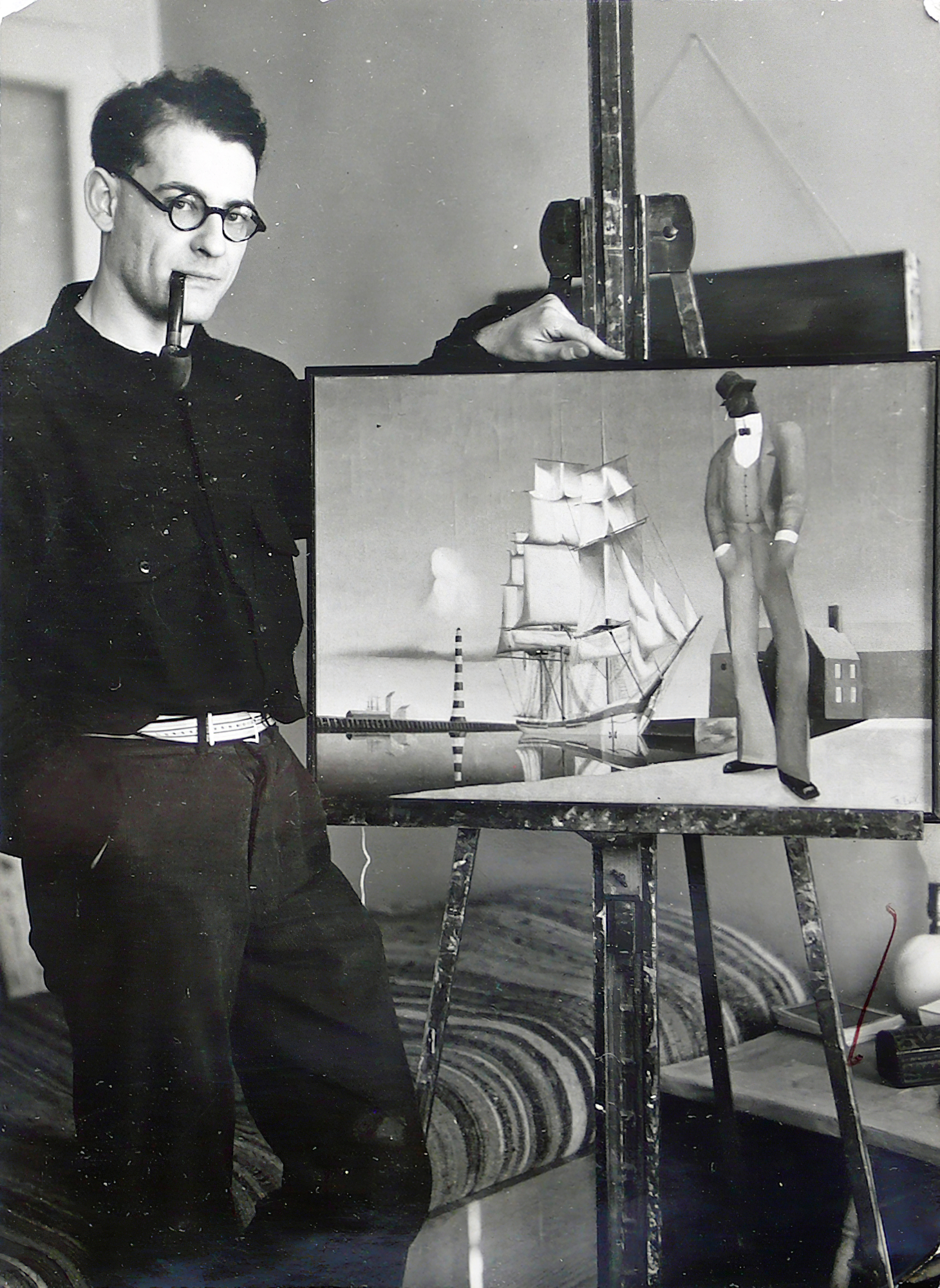
T. Lux Feininger, a German-American artist. He was known for his multifaceted talents as a painter, avant-garde photographer, author, and art teacher. His artistic journey began at the Bauhaus in Dessau, where he studied under influential figures like Josef Albers, Wassily Kandinsky, Paul Klee, and Laszlo Moholy-Nagy. Feininger was also a member of the Bauhaus Band and had his first solo show in Manhattan in 1937.
T. Lux Feininger's work explored various subjects, including transportation and self-portraits, and he continued to paint in a semi-abstract prismatic style influenced by his father, Lyonel Feininger, and Wassily Kandinsky throughout his life. In addition to painting, he also pursued photography, focusing on transportation subjects and Manhattan street scenes, although he did not exhibit these later photographs.
T. Lux Feininger's contribution to art education was significant, teaching at prestigious institutions like Sarah Lawrence College, Harvard's Fogg Museum, and the School of The Museum of Fine Arts, Boston. His written works include several books, notably one about his father and another reflecting on his life between the Bauhaus and America.
For collectors and experts in art and antiques, Feininger's work represents a unique blend of Bauhaus influence and individual exploration. To stay informed about exhibitions and news related to T. Lux Feininger's works, subscribing to updates from art galleries and museums is recommended.
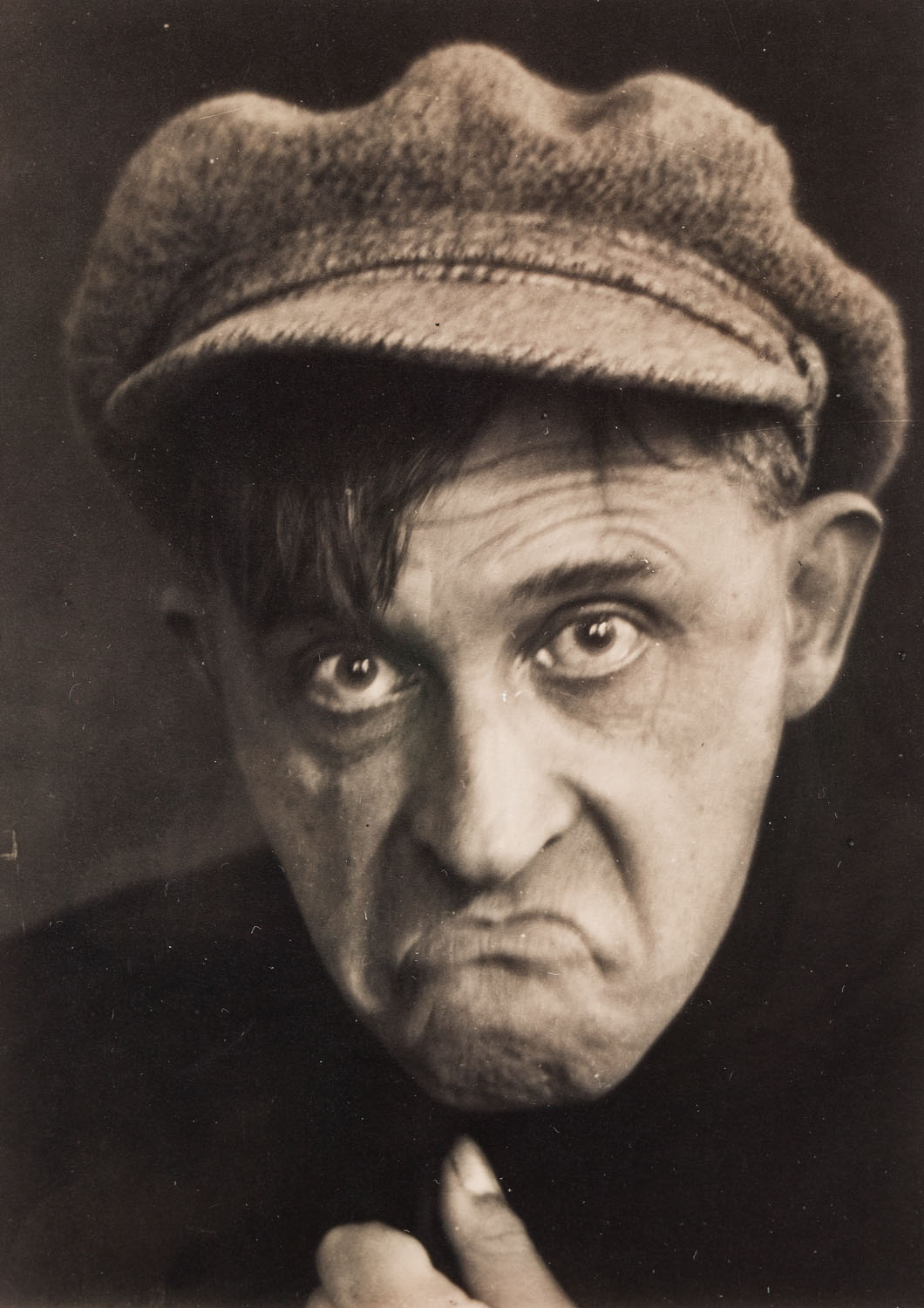
Stanisław Ignacy Witkiewicz, a Polish artist and intellectual, was a multi-talented figure known for his work in painting, writing, and philosophy. His unique approach to art and life earned him a distinguished place in European cultural history.
Stanisław Ignacy Witkiewicz, often referred to as "Witkacy," was an influential figure in the avant-garde movement. He supported himself through portrait painting and was involved with the "formist" artists in the 1920s, creating a significant number of plays during this time. His works, particularly in painting, often explored expressionistic and surreal themes, sometimes under the influence of narcotics, which he meticulously noted. Witkacy's paintings are recognized for their innovative style and the depth they bring to the exploration of the human psyche and emotions.
In the realm of literature, Stanisław Ignacy Witkiewicz made substantial contributions, particularly through his novels "Farewell to Autumn" and "Insatiability." These works delve into complex themes such as geopolitics and philosophy, reflecting his deep engagement with the intellectual currents of his time. His philosophical writings and plays further showcase his profound thinking and artistic creativity.
Stanisław Ignacy Witkiewicz's legacy is preserved in various museums and galleries worldwide, and his influence is acknowledged in the fields of drama, literature, and visual arts. His works continue to inspire artists and thinkers, offering a window into the avant-garde movements of the early 20th century.
For collectors and art and antiques experts, Witkiewicz's works represent a unique blend of artistic innovation and philosophical depth. His contributions to art and culture remain relevant, offering rich insights into the complexities of the human experience and the ever-evolving landscape of artistic expression.
If you are keen on staying updated on new sales, exhibitions, and auction events related to Stanisław Ignacy Witkiewicz, consider signing up for updates. This subscription will keep you informed about the latest developments and opportunities to engage with Witkiewicz's enduring legacy in the art world.
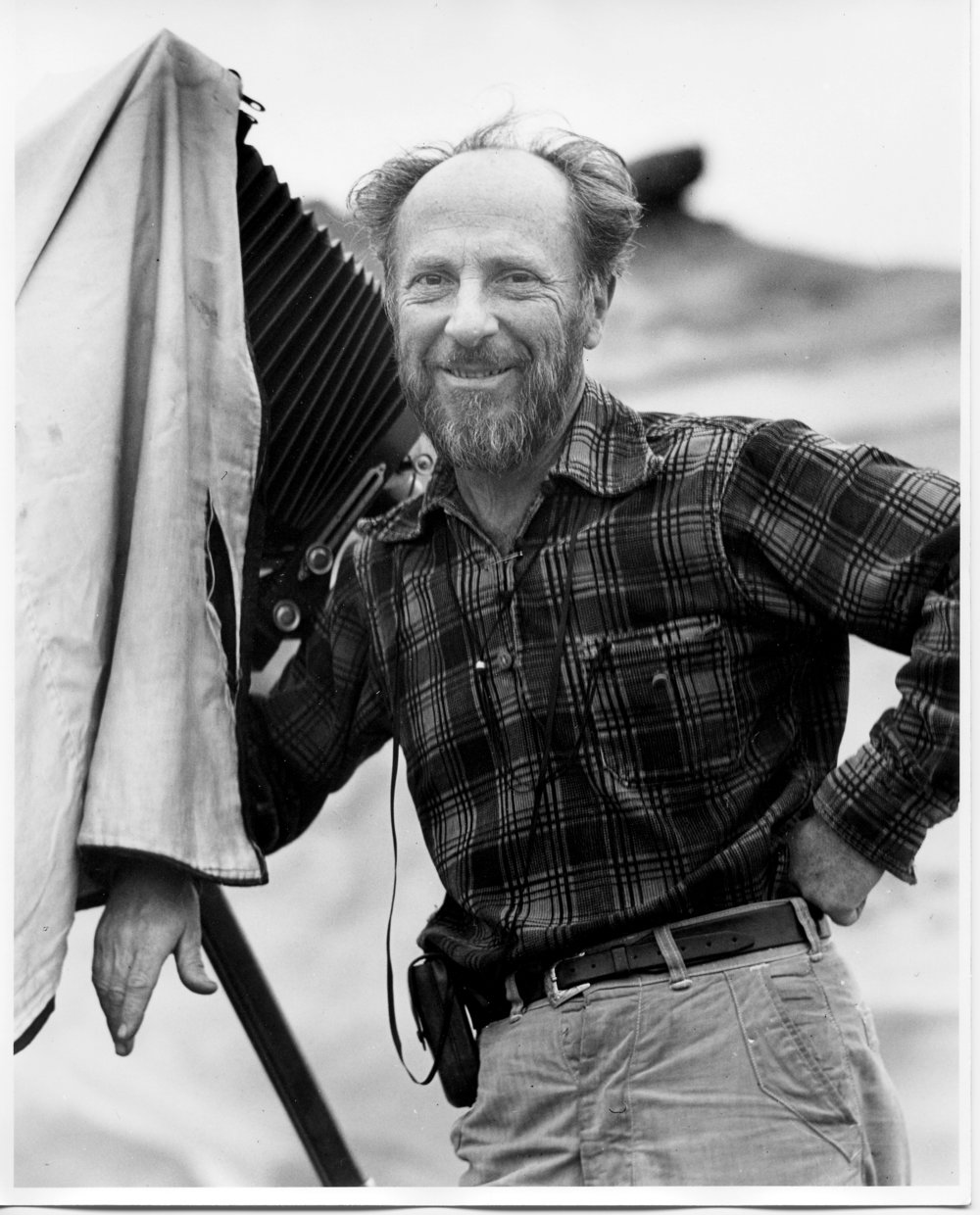
Edward Henry Weston, an American photographer, emerged as a significant figure in early to mid-20th-century photography, renowned for his meticulously composed, sharply focused images that spanned natural forms, landscapes, and nudes. His journey into photography began at a young age, receiving his first camera at 16 and eventually shaping a career that challenged and transformed the medium's artistic scope.
Edward Weston's move to California marked a pivotal shift in his career, where his interactions with other artists and his explorations of nature led to a distinct style characterized by its precision and emphasis on the intrinsic beauty of his subjects. His time in Mexico was particularly transformative, influencing his artistic direction significantly through encounters with key figures of the Mexican Renaissance and his introspective work that focused on detail and form.
Throughout his career, Edward Weston's work underwent several evolutions, moving from Pictorialism to a more direct and detailed approach, culminating in his involvement with the f/64 group, which advocated for photography that emphasized clarity and depth. His dedication to capturing the essence of his subjects without manipulation set new standards in the field, inspiring generations of photographers.
Weston's legacy is celebrated in numerous retrospectives and his influence continues in modern photography, with his works residing in prestigious institutions and collections worldwide. His deep connection to nature and commitment to photographic purity remain enduring aspects of his contribution to the art form.
For art collectors and enthusiasts, Edward Weston's work represents a fascinating intersection of artistic innovation and profound respect for the natural world, making his photographs coveted pieces in the realms of art and antiques. To stay updated on sales and auctions related to Edward Weston's work, subscribing for updates is a prudent step to ensure you remain informed about opportunities to acquire pieces connected to this influential artist.
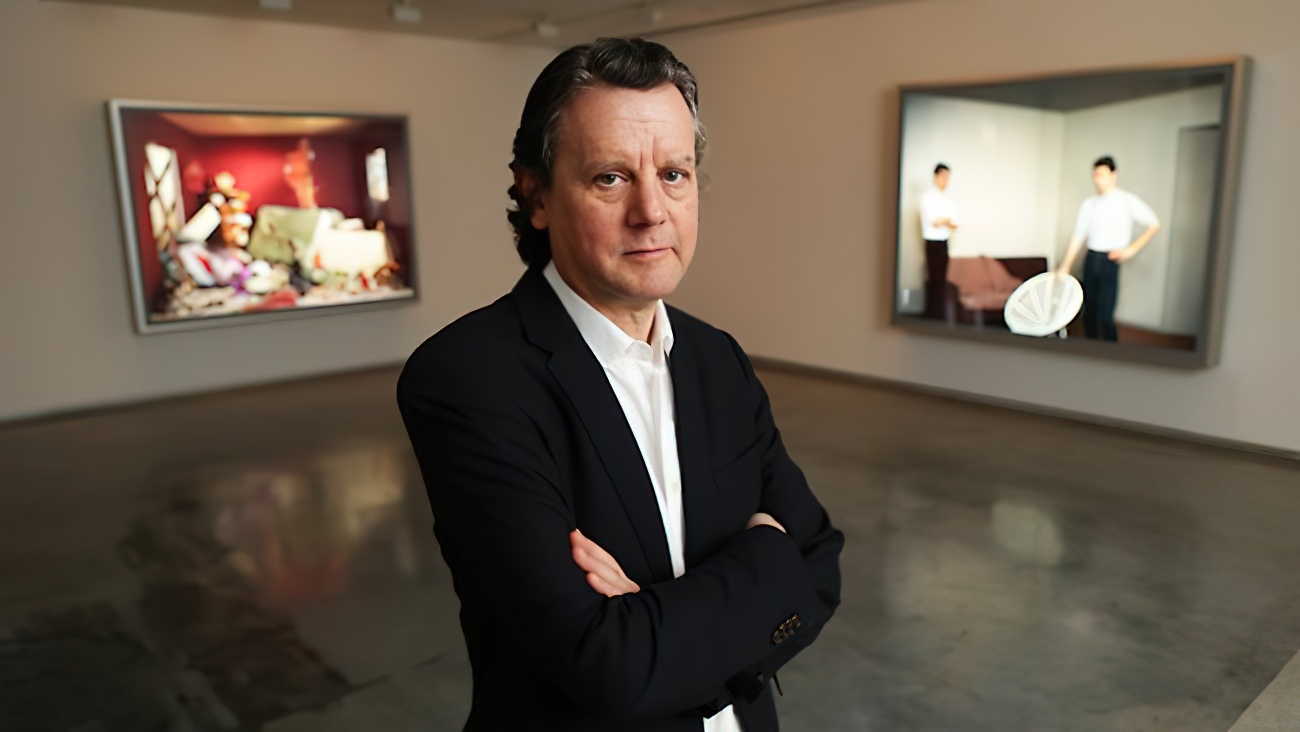
Jeff Wall is a renowned Canadian artist, celebrated for his large-scale backlit Cibachrome photographs and insightful art history writings. His artistic journey began in the late 1970s, creating images that balance between painting and photography, often resembling movie stills in their complexity and narrative depth. Wall's unique approach involves elaborate setups with actors, sets, and post-production, akin to single-frame movies, leading to works that demand viewers' attention similar to paintings or films.
His seminal piece, "Picture for Women" (1979), reflects his deep engagement with art history, referencing Édouard Manet's "A Bar at the Folies-Bergère" and exploring themes like the male gaze within a contemporary context. Another notable work, "A Sudden Gust of Wind (after Hokusai)" (1993), showcases Wall's digital montage technique, combining numerous photographs to create a seamless image that reimagines a 19th-century Japanese print in a modern setting.
Jeff Wall's transition to using digital technology in the 1990s allowed him to merge various negatives into a coherent whole, pushing the boundaries of traditional photography. His works, often displayed as transparencies on lightboxes, introduce a novel way of experiencing photographic art, blending narrative depth with meticulous attention to detail.
For art collectors and experts, Jeff Wall's work represents a profound intersection of photography, cinema, and painting, offering a rich field for exploration and appreciation. His pieces, found in major museums and galleries worldwide, continue to influence and inspire discussions in the realms of art and photography.
Stay updated on new exhibitions, sales, and auctions related to Jeff Wall by subscribing to updates, ensuring you're informed about the latest developments and opportunities related to this influential artist.

Nan Goldin is an acclaimed American photographer renowned for her profound visual narratives that delve into her personal world, marked by themes of addiction, sexuality, and intimate relationships. Born in Washington, D.C., in 1953, Goldin's journey into photography began in the early 1970s, capturing the lives of those around her, forming a "substitute family" amid a backdrop of drugs, sex, and violence.
One of Goldin's most celebrated works, "The Ballad of Sexual Dependency" (1986), is a raw and intimate portrayal of her "tribe," documenting their lives through the late 70s and early 80s in New York City. This work, initially presented as a slideshow, captures moments of love, sexuality, and domestic life, transcending into a poignant narrative of the era's challenges, particularly the AIDS crisis.
Throughout her career, Goldin's photography has continued to evolve, exploring various themes and mediums, including film. Her work, deeply personal and often autobiographical, challenges conventional perceptions of beauty, identity, and relationships, offering a window into the complexities of human connection and the essence of her subjects.
Goldin's influence extends beyond the art world, with her activism, particularly against the opioid crisis, marking another significant chapter in her journey. Her profound empathy and commitment to portraying the raw, unfiltered realities of life resonate through her extensive body of work, which continues to be celebrated in exhibitions and collections globally.
For art collectors and enthusiasts, Goldin's work offers not just aesthetic value but also deep emotional and historical resonance. To stay informed about Nan Goldin's works and related updates, signing up for newsletters from prominent galleries or her exhibitions could provide valuable insights and opportunities for engagement with her art.
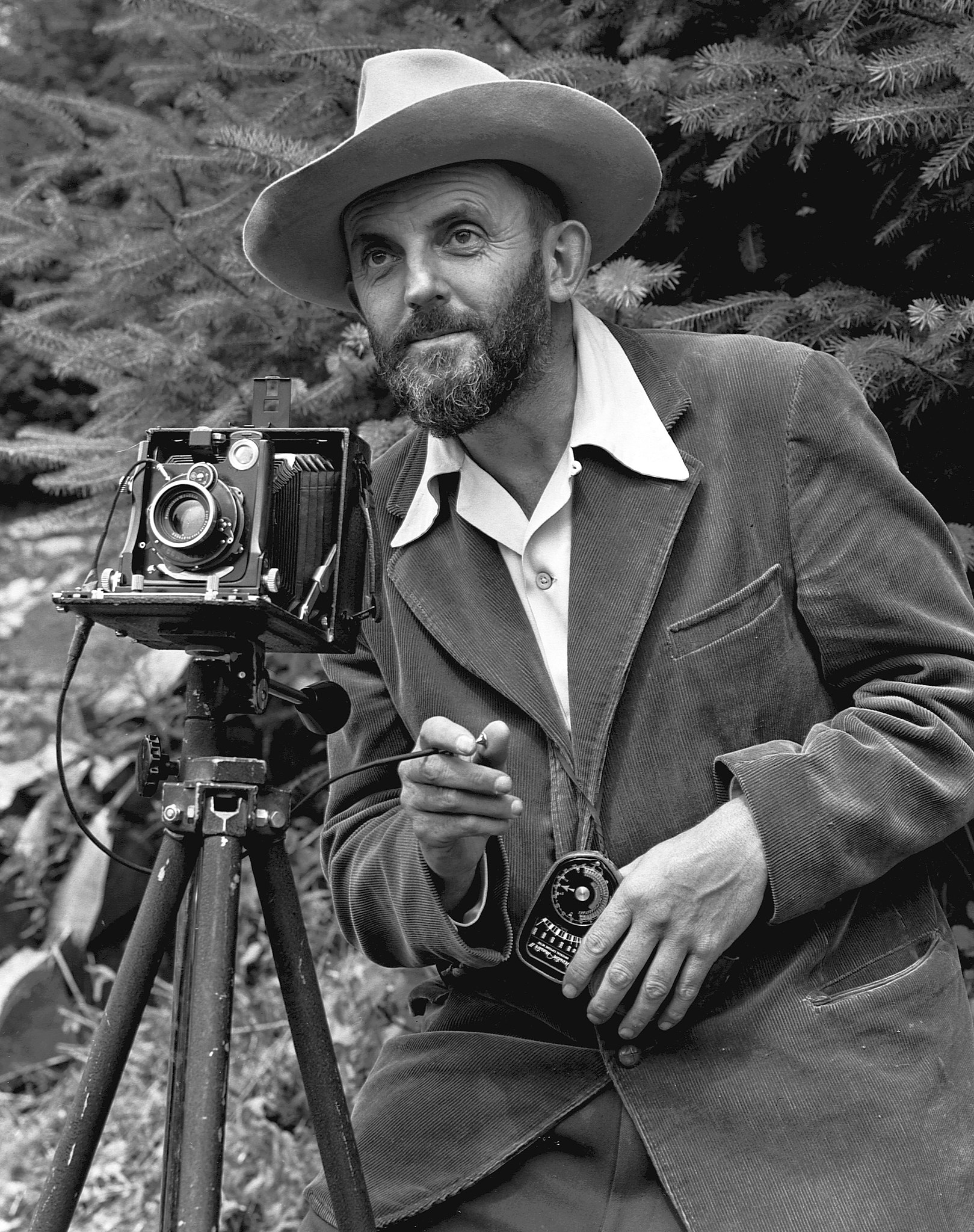
Ansel Easton Adams was an American photographer and environmentalist, celebrated for his black-and-white images of the American West, particularly Yosemite National Park. His profound connection with nature was not only the subject of his art but also the essence of his environmental advocacy, earning him a revered place in both the art and conservation worlds.
Ansel Adams' early exposure to the beauty of nature and a supportive family environment nurtured his dual interests in music and photography. His photographic journey began with a simple Kodak Box Brownie camera, which he used during his early visits to Yosemite, a place that would become the central theme of his life's work. Ansel Adams' dedication to photography and the environment was interwoven, as he utilized his art to advocate for the conservation of America's natural landscapes.
In the 1930s, Adams co-founded Group f/64, advocating for photographic purity and sharpness of focus, principles that would define his work. His role in establishing the photography department at the Museum of Modern Art in New York underscored his commitment to elevating photography as a respected art form. Ansel Adams' work has been exhibited in prestigious institutions such as the Smithsonian American Art Museum and MoMA, showcasing his contributions to American art and environmentalism.
For collectors and art experts, Ansel Adams' legacy transcends his iconic images; it lies in his ability to merge aesthetic excellence with a passionate message of environmental stewardship. His photographs not only capture the grandeur of landscapes but also serve as a timeless call to preserve the natural world.
To delve deeper into the world of Ansel Easton Adams and stay updated on new product sales and auction events related to his work, signing up for updates is a step toward embracing the heritage of a pivotal figure in art and environmental advocacy.
Join our community of art and antique enthusiasts to honor Adams' vision and ensure his message continues to inspire future generations.
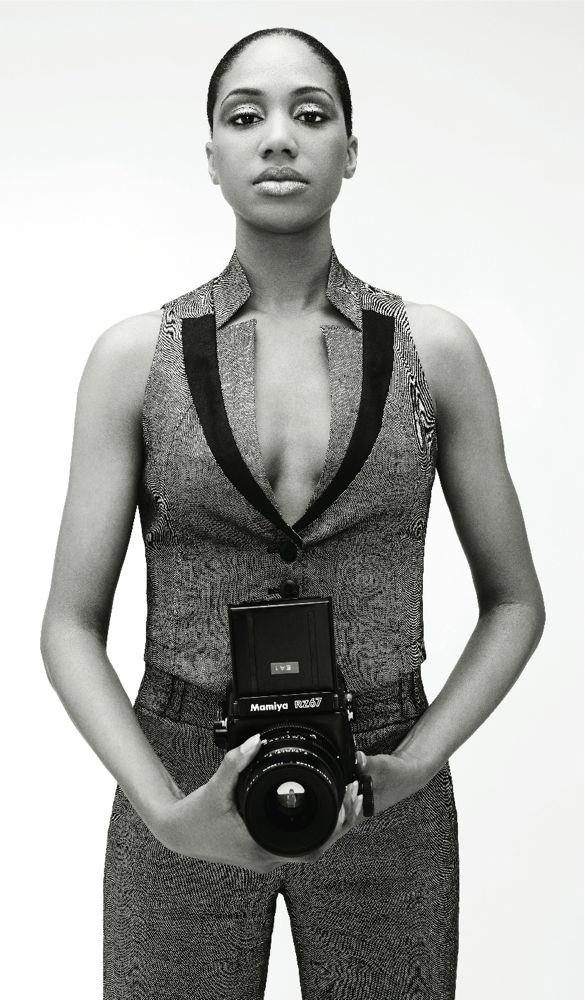
LaToya Ruby Frazier is an American visual artist, renowned for her profound work that delves into social justice, cultural change, and the American experience. Born in 1982 in Braddock, Pennsylvania, Frazier utilizes various media, including photography, video, and performance, to explore themes of industrialism, environmental justice, and human rights. Her art, deeply rooted in collaborative storytelling, often portrays her family and community, offering a lens into the lived experiences of working-class families amid societal and environmental challenges.
Her notable series "The Notion of Family" explores her family's life in Braddock, revealing the impacts of industrial decline on the community and environment. This work not only highlights LaToya Ruby Frazier's personal narrative but also serves as a broader commentary on race, class, and the American industrial landscape. Her commitment to social documentation is further exemplified in projects like "Flint is Family," where she immersed herself in Flint, Michigan, to document the water crisis's impact on local families.
LaToya Ruby Frazier's exhibitions span across prestigious venues in the US and Europe, reflecting her influence and recognition in the art world. Her works are part of esteemed collections like The Museum of Modern Art and the Whitney Museum of American Art in New York. Frazier's accolades include a MacArthur Fellowship, demonstrating her significant contributions to contemporary art and social activism.
For art collectors and experts, Frazier's work offers a compelling intersection of art, activism, and storytelling, providing insightful perspectives on pressing social issues through the lens of personal and community narratives.
To stay informed about LaToya Ruby Frazier's work and related updates, including new product sales and auction events, subscribing to updates is a valuable opportunity for enthusiasts and collectors alike to engage with her impactful artistry and advocacy.
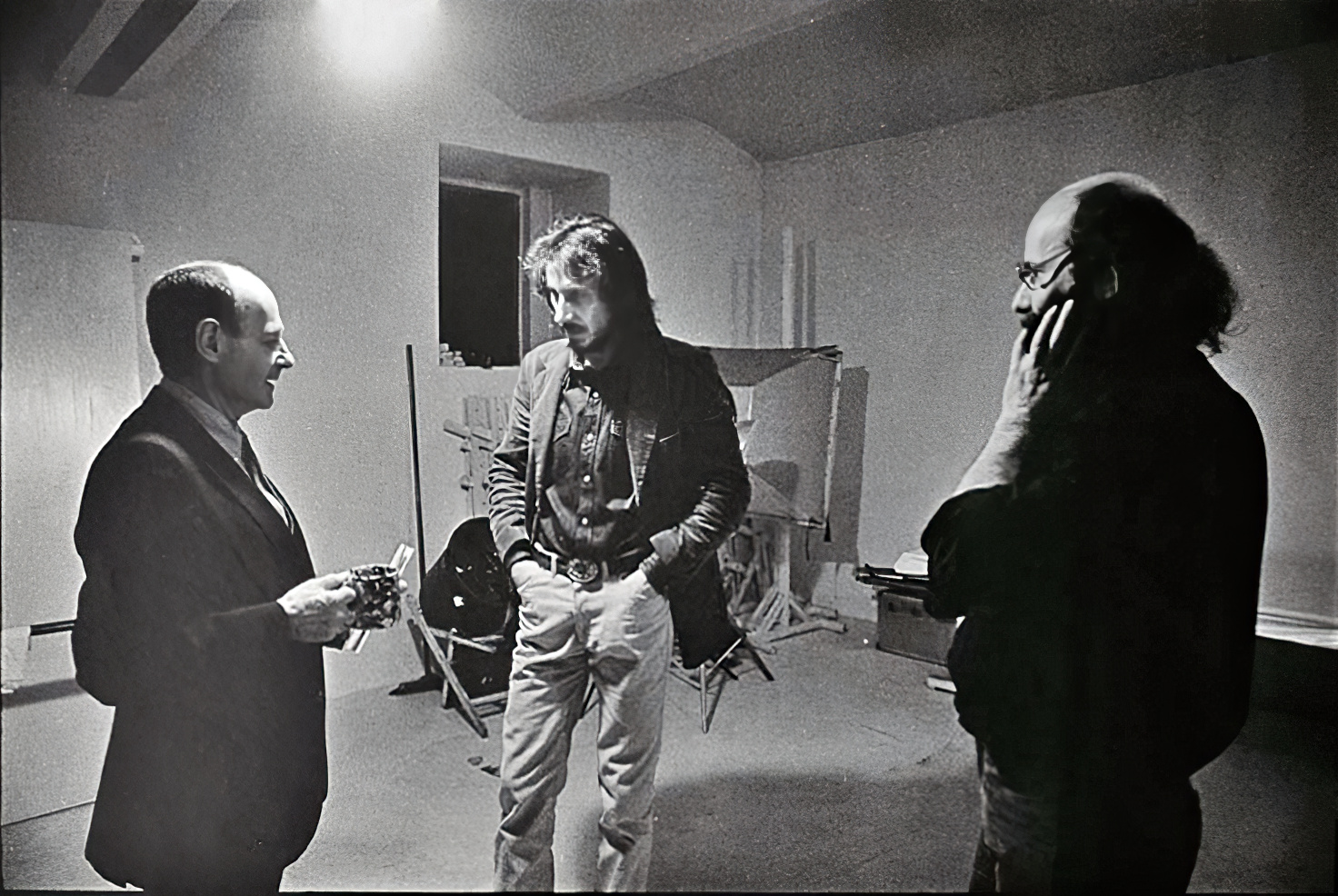
Irving Penn was an American photographer celebrated for his influential work in fashion photography, portraits, and still lifes. Penn's journey into photography began with a background in painting and design, studying at the Philadelphia Museum School of Industrial Art. He moved to New York and initially worked in design and illustration, which paved the way for his transition into photography. Notably, Penn's work at Vogue magazine for over six decades helped define the visual style of mid-20th-century fashion photography.
Irving Penn's mastery extended beyond the camera to the darkroom, where he experimented with various printing techniques, including the platinum-palladium process, which contributed to the depth and subtlety of his prints. His works, such as the "Cigarette" series and his still life compositions, are renowned for their minimalistic elegance and meticulous detail. Irving Penn's artistry was not confined to one genre; his "Earthly Bodies" nudes series and street material collection demonstrated his versatility and depth as an artist.
His contributions to photography are preserved and celebrated in numerous exhibitions and collections worldwide, including major museums like The Metropolitan Museum of Art, The Museum of Modern Art, and The Art Institute of Chicago. Irving Penn's legacy as a pioneering figure in photography continues to inspire artists and photographers today.
If you're a collector or an expert in art and antiques, staying updated on Irving Penn's works can be invaluable. To receive updates on new product sales and auction events related to Irving Penn, consider signing up for our newsletter. This way, you won't miss out on the opportunity to own a piece of photographic history.
